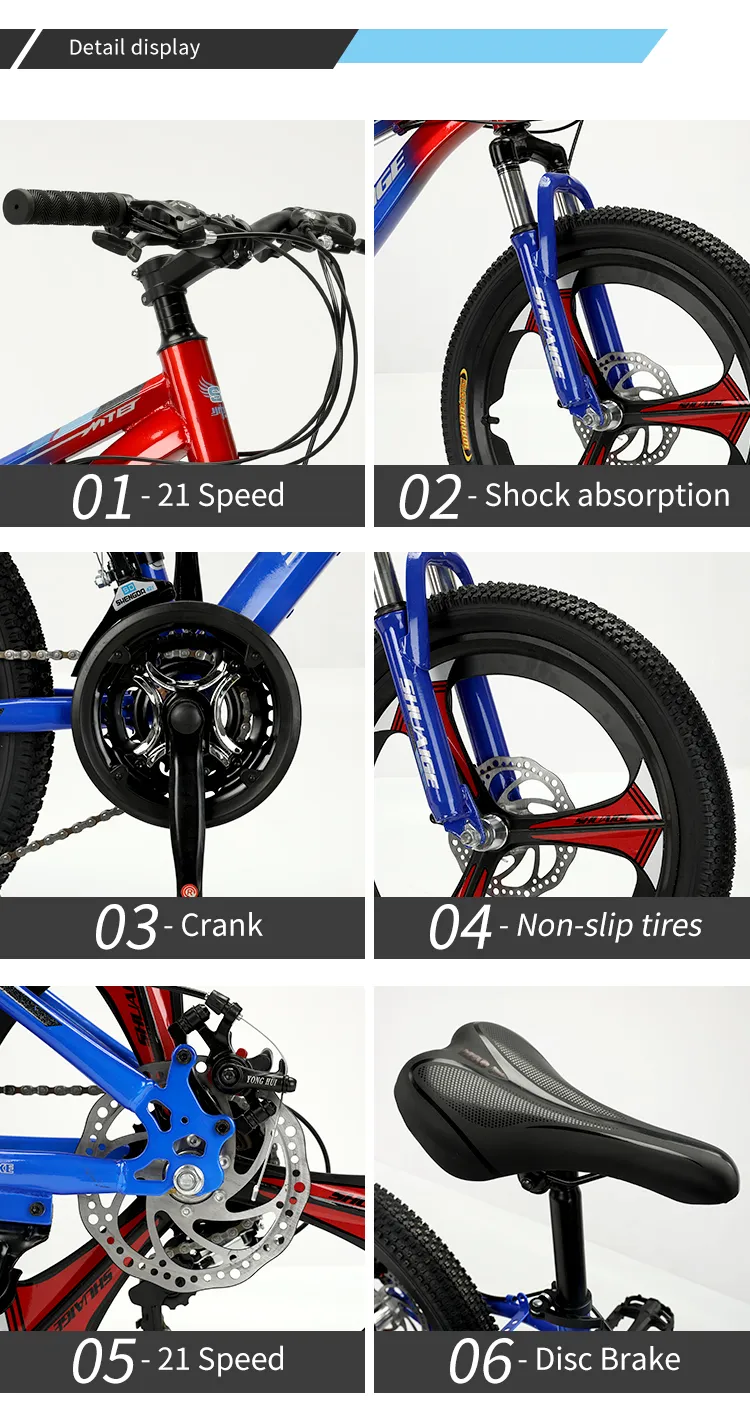
-
 Afrikaans
Afrikaans -
 Arabic
Arabic -
 Belarusian
Belarusian -
 Bengali
Bengali -
 Bulgarian
Bulgarian -
 Croatian
Croatian -
 Czech
Czech -
 Danish
Danish -
 Dutch
Dutch -
 English
English -
 Finnish
Finnish -
 French
French -
 German
German -
 Greek
Greek -
 hawaiian
hawaiian -
 Hebrew
Hebrew -
 Hindi
Hindi -
 Hungarian
Hungarian -
 Indonesian
Indonesian -
 irish
irish -
 Italian
Italian -
 Japanese
Japanese -
 Javanese
Javanese -
 kazakh
kazakh -
 Khmer
Khmer -
 Korean
Korean -
 Kyrgyz
Kyrgyz -
 Lao
Lao -
 Latin
Latin -
 Luxembourgish
Luxembourgish -
 Malay
Malay -
 Myanmar
Myanmar -
 Norwegian
Norwegian -
 Persian
Persian -
 Polish
Polish -
 Portuguese
Portuguese -
 Romanian
Romanian -
 Russian
Russian -
 Serbian
Serbian -
 Slovak
Slovak -
 Somali
Somali -
 Spanish
Spanish -
 Swedish
Swedish -
 Tagalog
Tagalog -
 Thai
Thai -
 Turkish
Turkish -
 Turkmen
Turkmen -
 Ukrainian
Ukrainian -
 Uighur
Uighur -
 Vietnamese
Vietnamese
Dec . 01, 2024 22:14 Back to list
Understanding BMX Bike Sizes for Optimal Ride Comfort and Performance
Understanding the Sizes of BMX Bikes
BMX biking, known for its thrilling stunts and fast-paced racing, is a sport enjoyed by many across the globe. For those new to the scene or looking to start their BMX journey, understanding bike sizes is crucial. The correct bike size not only enhances performance but also ensures safety and comfort. In this article, we will delve into the various sizes of BMX bikes, how to choose the right one, and why proper sizing matters.
The Importance of Bike Size
BMX bikes come in various sizes, typically categorized by the length of the top tube, which directly affects the handling and comfort of the rider. Riding a bike that is too small can lead to cramped positions, making it difficult to maneuver. Conversely, a bike that is too large can be unwieldy, hindering performance, especially in tricks or competitions. Thus, selecting the right size is essential for both beginners and seasoned riders alike.
Key Measurements
When it comes to BMX bikes, the most significant size measurement is the top tube length. This distance between the seat tube and the head tube determines how the bike fits the rider. Furthermore, BMX bikes are often available in different frame heights and wheel sizes, which also affect the overall fit and feel of the bike.
1. Top Tube Lengths BMX bikes usually have top tube lengths ranging from 20 inches to 21.5 inches. Riders around 4'10 to 5'0 typically do well on bikes with a 20-inch top tube, whereas taller riders may prefer longer top tubes for better stability and control.
2. Frame Heights The frame height is another consideration. Frames are generally classified as micro, mini, mid, and full sizes. A “micro” frame is aimed at younger or shorter riders, while a “full” frame is suited for taller and more experienced riders.
3. Wheel Sizes The common wheel size for BMX bikes is 20 inches. This size facilitates easy control and maneuverability, essential for tricks and stunts. However, some bikes designed for specific styles like racing may come with larger wheels for enhanced speed and stability.
sizes of bmx bikes

Choosing the Right Size for You
Selecting the right BMX bike size is largely determined by your height, age, and riding style. Here are some guidelines to consider
- For Children (Aged 5-10) Kids in this age group may benefit from mini BMX bikes with shorter top tubes and smaller wheels to aid in balance and handling.
- For Preteens to Teens (Aged 11-15) As riders grow, they can transition to mid-sized frames, which provide a balance between speed and control.
- For Adults (Aged 16 and Above) Adult riders typically find the most comfort in frames sized for their height. Taller riders should opt for longer top tubes and possibly larger frames to allow for a natural riding position.
A simple test to determine fit is to sit on the bike. When seated, the rider should be able to reach the handlebars comfortably while keeping a slight bend in the arms. The rider’s feet should also touch the pedals without stretching too far or feeling cramped.
Conclusion
In conclusion, understanding the sizes of BMX bikes is fundamental for anyone looking to engage in this exciting sport. With the right size, riders can improve their skills, enjoy their rides, and minimize the risk of injury. Remember, while size is a significant factor, personal comfort and riding style should also guide your decision. Whether you are a novice taking your first ride or an experienced rider honing your skills, choosing the right bike size is the first step to enjoying the thrilling world of BMX biking.
-
Premium Titanium Road Bike: Lightweight & Durable
NewsAug.01,2025
-
Red Black BMX Bike with GPT-4-Turbo AI Tech
NewsJul.31,2025
-
New Red Anti-theft E-Bike | Easy Ride City Commuter
NewsJul.31,2025
-
BMX 20 Inch Bikes for Freestyle & Street | Fat Tire Options Available
NewsJul.30,2025
-
322 High Quality 26 Inch 21 Speed Adult Mountain Bike OEM MTB
NewsJul.29,2025
-
Specialized Kids Mountain Bikes - Safe, Durable & Fun Riding Experience
NewsJul.29,2025

